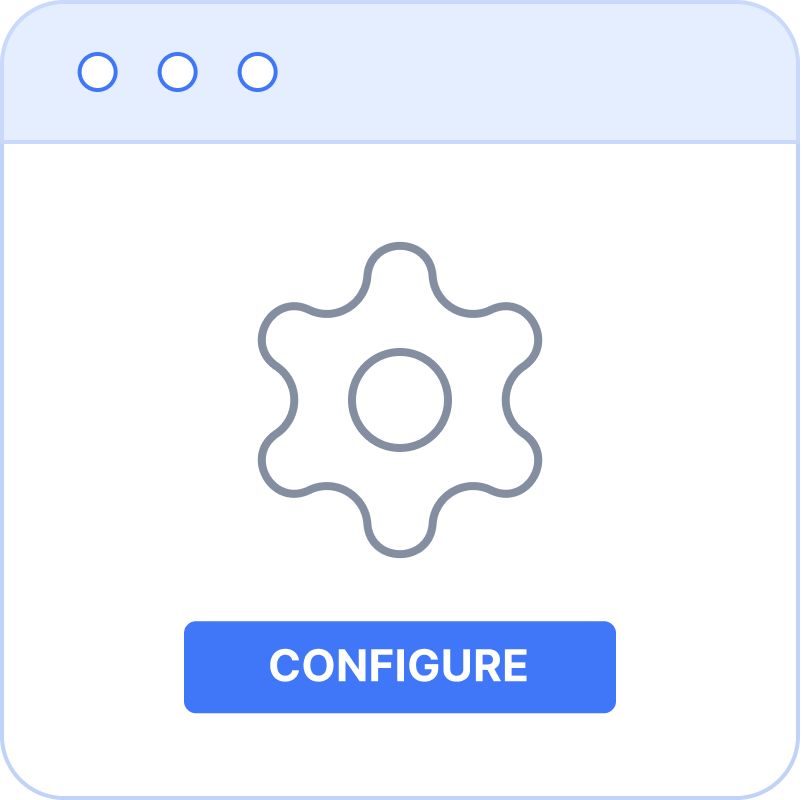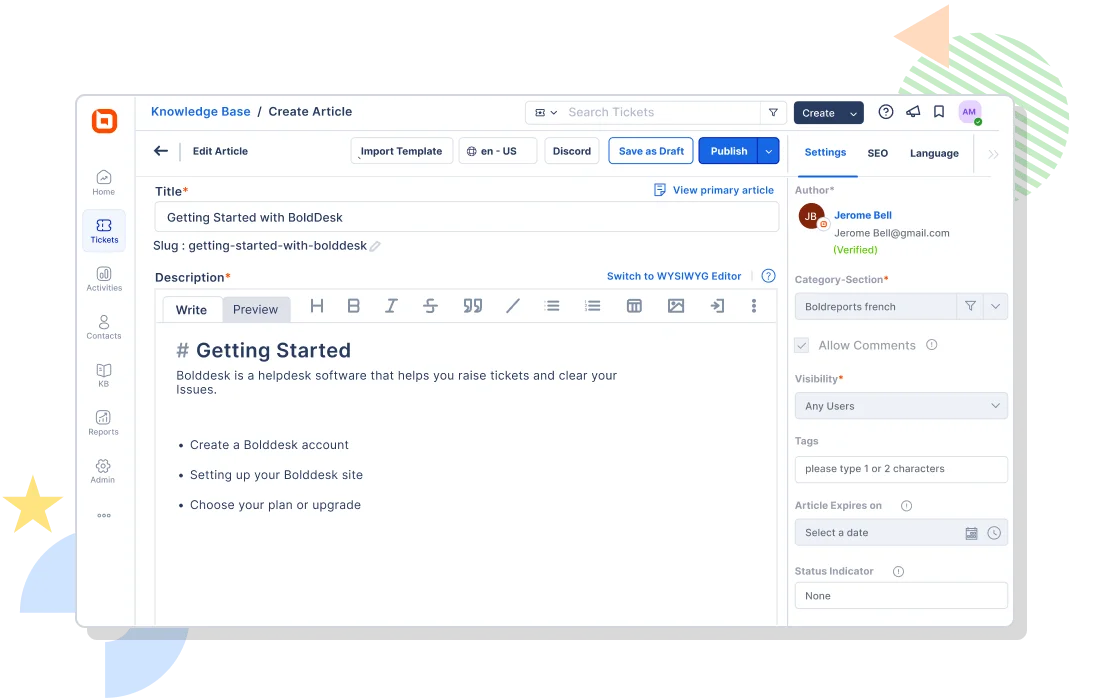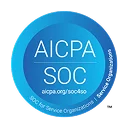Knowledge Base Software
Self-service, central repository of information for your customers.
What is knowledge base software?
- Knowledge base software, is a tool that helps organizations to create, organize, and manage information.
- This information can include frequently asked questions (FAQs), how-to articles, learning resources, white papers, or any other type of content that a company may want to share with its customers or employees.
- It serves as a central repository where information is stored and managed in a structured way, often allowing users to search for and access the information they need independently.
Knowledge Base Solution
Finding solutions by searching the knowledge base for relevant articles based on the keywords in the tickets.
Manage categories
Organize your knowledge base tool categories, sections, and articles to appear in the desired order.

Categories & sections
Use categories and sections to organize and group your articles up to 3 levels.

Drag & drop to organize
Organize articles by dragging and dropping them among categories and sections.

Category-level access
Category-level access allows you to limit the visibility of an article to specific users.
Powerful Article Editor
With a simple yet powerful visual editor, creating and editing help articles is now easier than ever.
The Markdown editor makes it simple to create, edit, and style knowledge base articles.
The powerful visual editor built into the knowledge base provides advanced options for creating and editing content.
Auto save
Unpublished changes to an article are automatically saved as drafts.
Instant preview
View how your articles will appear to your customers before publishing them.
Images and videos
Insert an image from your computer or insert an inline image. Embed a video from a third-party website (YouTube, Vimeo).
Tables
Using the Markdown/HTML editor, create table rows and columns in your KB articles.

Knowledge Base Platform
Create a separate knowledge base site for each product or department and keep related, product-specific articles updated and managed through a single help center.
Multilingual Knowledge Base
Create and manage a multilingual knowledge base to deliver content based on customer’s preferred language.

Engage and Collaborate with Knowledge Base Tools

Comments
Receive feedback from end users and maintain an article's quality and usefulness.

Private notes
Private notes enable agents to collaborate with each other in a help center for internal communication.

@Mentions
Mention agents in a message to alert them when their attention is needed.

Satisfaction feedback
Allow visitors to rate knowledge base article or provide more detailed feedback if they do not find it helpful.

Lock comments
Enable or disable commenting on specific articles or commenting altogether.
We’ve Got What You Need
Article templates contain pre-defined articles that are structured in a specific order. These templates aid in the creation of a consistent structure for knowledge articles.
Specify an expiration date for an article, after which it will no longer be accessible to visitors.
Using the Reorder Articles, you can specify a custom sort order for articles inside a category.
Clone article
Cloning an article allows you to create a draft version that a user can edit with new changes.
Share article
Visitors can share knowledge base articles on social media platforms such as Facebook, Twitter, and LinkedIn.
Indicate to visitors whether knowledge base article was recently added or updated.
Full screen editor
Fullscreen mode allows writers to edit their content without distraction.
Article advance filter
Search and filter the articles based on specific criteria.

Internal Knowledge Base
Using a private knowledge base, publish company policies, project and product information, or internal user and team documentation. Only authorized users will have access to the documentation.
SEO & Social Tools
Optimize your help center content for search engines and social media.

On-page SEO
Add meta titles, descriptions, and keywords to articles to improve search engine rankings.

SEO-friendly URLs
Create SEO-friendly URLs for all of your articles to make them easily searchable for search engine browsers.

Sitemap generation
Create an XML sitemap of the knowledge base pages to help search engines find your content.

Open graph
When you share your article on social media, it looks right.
Branding & Customization

Customize satisfaction feedback
Customize the feedback label, rating options, feedback message options, and success message.

White labelling
Customize the knowledge base site with your company logo, colors, and login options.

Custom domain
Map your custom domain for your knowledge base site.

Built-in SSL
Every site includes SSL support for free; SSL provisioned from Let’s Encrypt!

SEO sitemap frequency
Sitemap frequency tells search engines how frequently a page's content changes.

Article configuration
Configure article display attributes like related and recent articles, share article, read time, updated date, and show comments.
Safe & Secure
Control agents’ access to help center articles by giving them certain permissions.
Single sign-on with BoldDesk allows users to log in and access their help center account with a single set of credentials by using SSO systems such as Office 365, OAuth 2.0 providers, and OpenID.
Password policies
Create password policies to enforce secure, strong passwords, password rotation frequency, and password expiration to meet your security standards.
IP restrictions allow you to limit the IP addresses from which your organization can access the help center.
Audit logs contain information about specific events or operations, such as access, change details, and who performed an action.
Recent Activities in Knowledge Base Tutorials and Blogs
Get the latest on knowledge base tools with expert articles and tutorials. Explore best practices, highlighted features, and industry trends to improve your self-service support.
TEST OUT ALL THE FEATURES OF BOLDDESK
Start your 15-day free trial with instant access
- No credit card required
- Easy setup


















 Email Ticketing System
Email Ticketing System Shared Inbox Software
Shared Inbox Software Multi Brand Help Desk
Multi Brand Help Desk Internal Help Desk Software
Internal Help Desk Software Trouble Ticketing Software
Trouble Ticketing Software Mobile Help Desk
Mobile Help Desk 






















